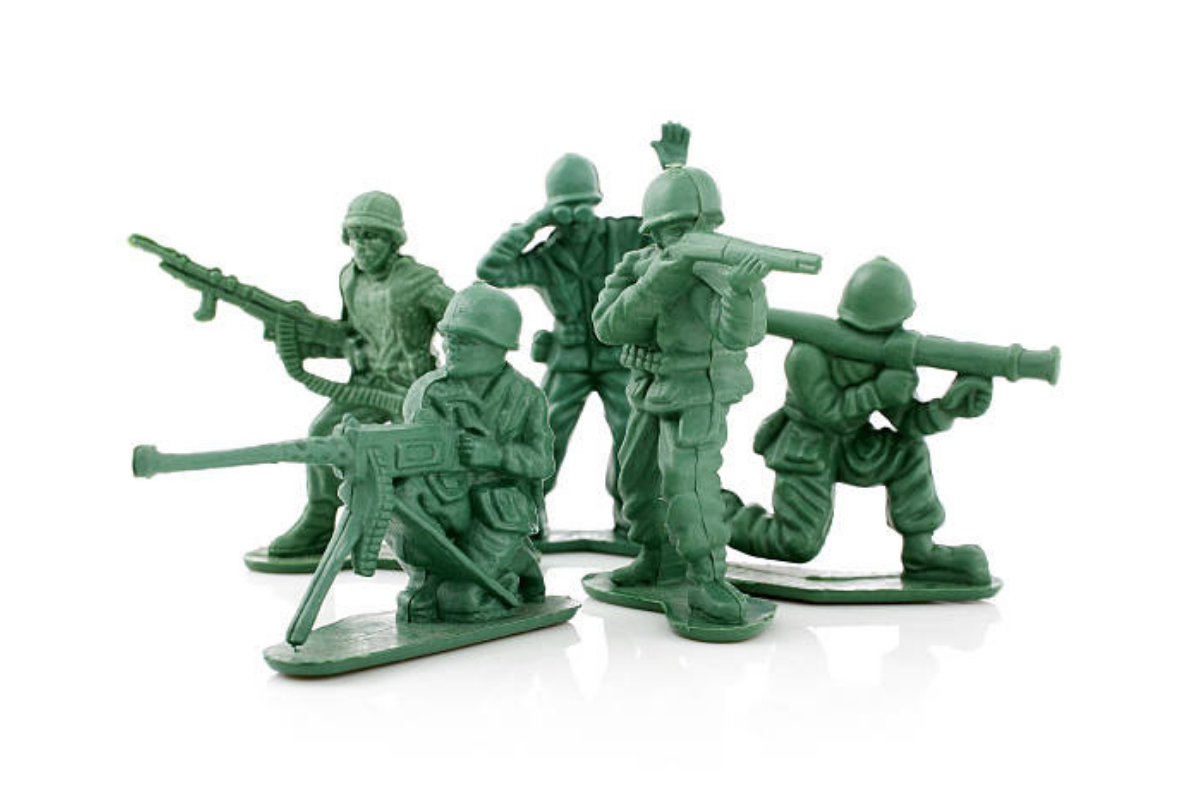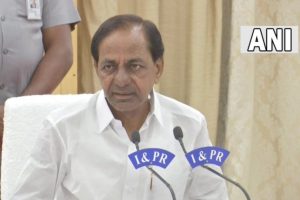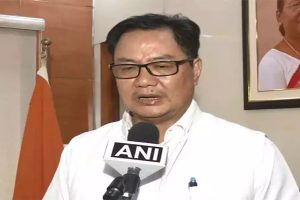Three successive incidents in five months towards the end of World War II the sudden demise of US President Franklin Roosevelt in April 1945, unconditional surrender of Germany to the Soviet Union in May that year and atomic bombings of Hiroshima and Nagasaki the following August had set up the ground of the Cold War that characterised geopolitics in the following five decades. President Roosevelt wanted to maintain the closeness of relations that the US had developed with the USSR during the war against Nazi Germany and thought that cooperation would be the cornerstone of world peace in the post-war world.
His successor Harry S. Truman and the British Prime Minister Winston Churchill were, however, not enthusiastic to acknowledge wholeheartedly the Soviet contribution in reversing Hitler’s winning streak after the battle of Stalingrad.
President Truman wanted to establish US supremacy even in the victory against the Axis Powers. By the time the Potsdam Conference (July 1945) of three leading allied powers was held in occupied Germany to decide the post-war peace process, the US had successfully tested the first atomic bomb on 16 July 1945 in the deserts of New Mexico. This was kept a secret except that Prime Minister Churchill was informally informed while the conference was in progress that “babies satisfactorily born”. The event changed President Truman to a completely different person in his posturing against Stalin’s USSR.
The war on the eastern front against Japan was still on. The US and Britain felt that in the war against Japan, Soviet help was no longer necessary, and they would be able to make Japan surrender before the USSR could start its war against the nation in Manchuria. From Potsdam itself, the two allies issued an ultimatum to Japan to surrender, ignoring completely the Soviet presence.
They knew if Japan did not agree, it would justify the act to drop atom bombs on Japanese cities. Thus, Roosevelt’s dream of establishing world peace with cooperation from the Soviet Union was buried by his successor and Hiroshima-Nagasaki came to signify the beginning of the Cold War. Joseph Stalin, bewildered by the Hiroshima incident, underplayed the event in his own country and declared war against Japan at Manchuria two days after the bombing. As the US could not accept Soviet supremacy in the victory against Germany, so was Stalin refusing to accept the US edge in ending the war in the far-east. Though President Truman declared the news of Japan’s surrender on 15 August, USSR did not celebrate the victory over Japan until 3 September, when Manchuria was freed by the Soviet army. The tension that emerged to establish diplomatic and military supremacy between the two superpowers towards the end of World War II, determined the course of geopolitics for nearly five decades in the shape of proxy wars and struggle for global influence.
The US and its allies created the military alliance (Nato) in 1949 to contain Soviet influence in Europe. USSR in response formed a military alliance (Warsaw Pact) with its East European allies. The first decisive initiative to end the Cold War was taken by the Soviet premier Mikhail Gorbachev when he wanted to limit nuclear weapons, endorse German unification, and restrain his country from intervening militarily when its allies in East Europe abandoned Communist rules and withdrew from the Warsaw Pact.
Instead, the Soviet leader focused on domestic political and economic reforms. Internal reforms initiated by Gorbachev finally led to disintegration of the Soviet Union but that’s a different story altogether.
Reunification of Germany symbolised the end of the Cold War. That “Nato expansion is unacceptable” was made clear by Gorbachev during negotiations with the West on German unification in 1990/1991. Nato won’t move “one inch eastward” was the assurance given to him. This spirit of cooperation on part of the US and its allies changed drastically in the background of West’s triumphalism after the disintegration of USSR, a situation very similar to drastic change in posturing of Harry Truman and Winston Churchill after successful testing of the atomic bomb during the Potsdam Conference.
Whether Nato’s commitment was exclusively in the context of deployment of foreign troops and nuclear weapons in erstwhile East Germany or whether it meant Nato’s expansion into any other eastern country is a matter of dispute today. It appears there was a significant gap in perception between what exactly was there in the written records of negotiations on reunification of Germany (before collapse of Warsaw pact and disintegration of Soviet Union) and what the Russian leaders interpreted it to be. However, the fact remains that Mikhail Gorbachev, Boris Yeltsin and Vladimir Putin on repeated occasions expressed their serious concerns against Nato’s move to surround the Russian Federation by new member states. Nato members had increased from 16 in 1990 when the Cold war apparently ended to 30 when Russia invaded Ukraine. Poland, Hungary and the Czech Republic, all erstwhile members of the Warsaw Pact, were included in Nato in 1997. Three erstwhile Soviet States Estonia, Latvia, Lithuania were included in 2004 along with Bulgaria, Romania, Slovakia an Slovenia. Albania and Croatia joined in 2009, Montenegro in 2017 and North Macedonia in 2020.
Out of 14 new members that Nato inducted after the collapse of USSR, three were erstwhile Soviet states, seven belonged to the Warsaw Pact alliance and four were parts of non-aligned Yugoslavia. Bosnia Herzegovina and two former Soviet states ~ Georgia and Ukraine ~ formally expressed their membership aspirations before the outbreak of the present war. Of late, Finland with which Russia shares a 1,300-km border and Sweden have expressed their willingness to join Nato.
What made the allies of the Soviet Union join Nato after the disintegration of the USSR? Was it because of a perceived security threat from the successor Russian state or did it reflect the aspiration of the common mass to be in the league of western liberal democracies?
Liberal democracy was never a pre-condition for membership of the Nato. Had it been so, Portugal, under authoritarian rule at that time, could not be one of the founding members. People in east European countries were keen on European integration, market economy and liberal democracy but joining the military alliance of the West was altogether a different issue. The purpose of formation of Nato immediately after World War II was to provide collective security against the Soviet Union. Was there any need for this military alliance to continue even after the disintegration of the Soviet Union and collapse of the Warsaw Pact alliance? If the spirit of cooperation that was seen during the negotiations for reunification of Germany had prevailed, successive US administrations would not have been so keen on Nato’s enlargement immediately after the disintegration of USSR. The enthusiasm of the US and its allies in enlarging Nato created in turn security concerns of Russia.The perceived security concerns of Russia from the West and vice-versa have again created a Cold war-like situation in Europe.
The new threat perceptions on either side now call for a neutral stand of the states in central and eastern Europe for the sake of peace. Whatever may be the outcome of the Russia-Ukraine war, eastern and southern parts of Ukraine ~ Donetsk, Luhansk Oblasts, Mariupol and Berdyansk are going to be the new conflict areas. This will have bitter and far- reaching consequences unless the surrounding countries take proactive measures to diffuse the threat perceptions of two super powers.
Though the world community by and large has condemned the Russian invasion in Ukraine, we should not undermine the fact that Nato’s policy of marching East and Russia’s recent violent response to that, have set up the ground for the second wave of the Cold War after a pause of three decades.
(The writer is a former civil servant who retired in the grade of Additional Secretary to the Government of India)











